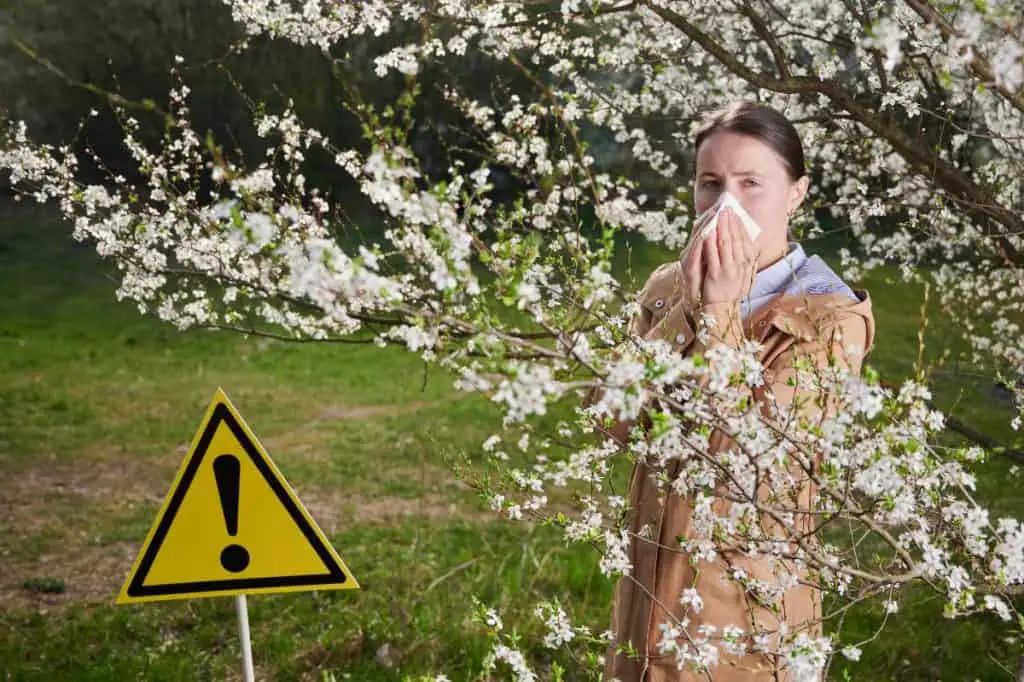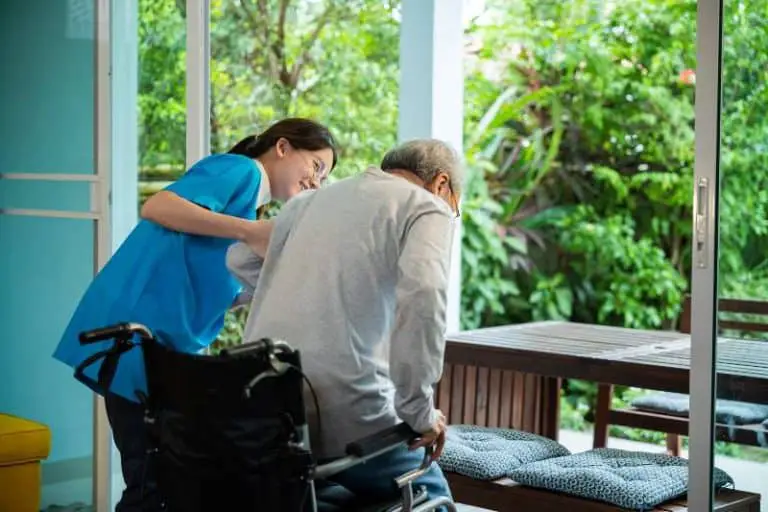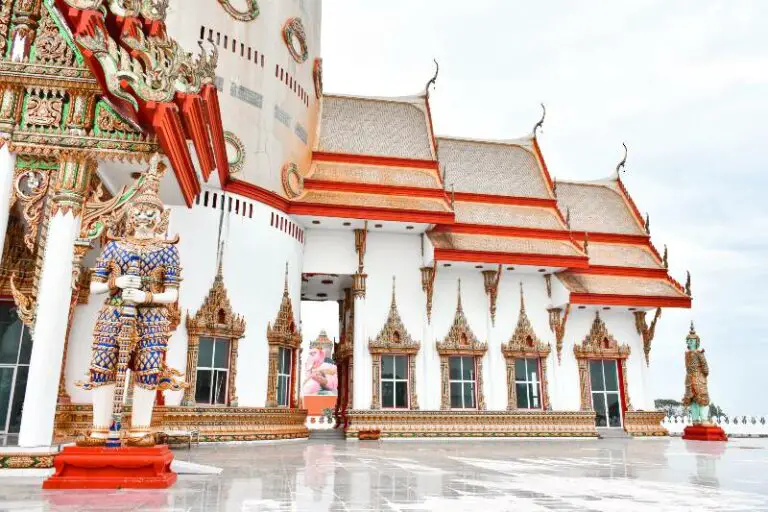Surviving Seasonal Allergies in Thailand: A Personal Guide
The first time I experienced allergies in Thailand, I was completely caught off guard. I had arrived in Bangkok during what locals called the “burning season,” and within days, my eyes were itchy, my throat was scratchy, and I couldn’t stop sneezing. Having lived in Thailand for years now, I’ve learned to navigate the unique allergy challenges this beautiful country presents. If you’re struggling with hay fever, rhinitis, or other respiratory issues while in the Land of Smiles, you’re not alone – and I’m here to help.
Key Takeaways
- Northern Thailand’s burning season (February-April) creates severe air pollution that triggers allergies even in non-allergy sufferers.
- Air purifiers, HEPA masks, and prescription antihistamines are essential tools for managing Thailand’s unique allergen profile.
- Coastal areas typically offer relief during peak allergy seasons, making them perfect getaway spots when symptoms worsen.
Table of Contents
Understanding Allergy Seasons in Thailand
Unlike the four distinct seasons you might be familiar with, Thailand’s tropical climate creates different allergy patterns than those in Western countries. Thailand primarily experiences three seasons: hot (March-June), rainy (July-October), and cool (November-February). Each brings its own set of allergens and challenges.
During my first year, I was surprised to discover that the worst allergy season in Northern Thailand occurs during the hot season, particularly in February through April. This period, often called “burning season” or “smoky season,” is when farmers conduct annual crop burning, filling the air with particulate matter that wreaks havoc on respiratory systems.
Meanwhile, in Bangkok and central Thailand, I’ve noticed that allergens peak during two main periods: the hot season when pollution combines with pollen, and the transition from rainy to cool season when mold spores flourish in the humidity.
Common Allergens in Thailand You Should Know About
After several visits to my local immunologist in Bangkok, I’ve become familiar with Thailand’s most common allergens:
- PM2.5 and Air Pollution: Not technically an allergen but a major irritant that exacerbates allergic responses. Northern cities like Chiang Mai can see dangerous levels during the burning season.
- Grass and Tree Pollen: Thailand’s year-round growing season means pollen is always present, but peaks during the hot months. Common culprits include Bermuda grass and acacia trees.
- Mold and Mildew: The high humidity (especially during the rainy season) creates perfect conditions for mold growth, which can trigger severe allergic reactions.
- Dust Mites: These thrive in Thailand’s tropical climate and are particularly problematic in older accommodations or during home renovations.
- Cockroach Allergens: Unfortunately, these pests are common in urban areas of Thailand, and their droppings can be potent allergens.
My Personal Experience with Seasonal Rhinitis in Bangkok
When I moved to Bangkok, I had no history of allergies. By my second year, I was experiencing what my Thai doctor called “allergic rhinitis” almost year-round, with symptoms intensifying during pollution peaks and seasonal transitions.
My symptoms typically include:
- Persistent nasal congestion (worse in the mornings)
- Itchy, watery eyes (especially when venturing outdoors during high pollution days)
- Occasional wheezing and chest tightness
- Fatigue and “brain fog” during severe episodes
What I’ve learned through trial and error is that my symptoms aren’t just from natural allergens – they’re a complex reaction to Thailand’s unique combination of environmental factors: heat, humidity, pollution, and traditional allergens all working together.
Effective Treatments I’ve Found for Allergies in Thailand
Through years of experimentation and consultation with local physicians, I’ve developed a comprehensive approach to managing my allergies:
Medical Treatments
Thai pharmacies offer many allergy medications without prescription, which has been incredibly convenient. My go-to treatments include:
- Second-generation antihistamines: Brands like Zyrtec and Allegra are widely available and don’t cause the drowsiness I experienced with older antihistamines.
- Nasal corticosteroids: These have been game-changers for my persistent congestion, especially during the burning season.
- Saline nasal irrigation: Using a neti pot with purified water has become part of my daily routine.
For those with more severe symptoms, Thailand actually offers excellent specialized allergy care. In Bangkok, several international hospitals provide skin prick testing and immunotherapy (allergy shots), though these treatments can be costly without local insurance.

Environmental Modifications
Making changes to my living environment has dramatically reduced my symptoms:
- Air purifiers: I’ve invested in HEPA air purifiers for every room in my apartment – possibly the best money I’ve ever spent in Thailand.
- Regular cleaning: Frequent dusting with damp cloths and weekly washing of bedding in hot water has reduced my exposure to dust mites.
- Mold prevention: Using dehumidifiers during rainy season and ensuring proper ventilation has helped keep mold at bay.
- Pollution tracking: I religiously check air quality apps like AirVisual before planning outdoor activities.
Lifestyle Adaptations
Living with allergies in Thailand has meant adapting certain habits:
- Mask wearing: Long before COVID made it common, I wore N95 masks during pollution spikes or when riding motorbikes through busy streets.
- Timing outdoor activities: Early mornings typically have the best air quality, so I schedule my runs accordingly.
- Diet modifications: Though research is mixed, I’ve noticed that reducing dairy and increasing local anti-inflammatory foods like turmeric and ginger has helped reduce my symptoms.
When to Consider Seeking Medical Care in Thailand
Don’t hesitate to seek medical help if you’re struggling. Thailand’s healthcare system is excellent, and many doctors speak English, especially in tourist areas and major cities. I recommend seeing a doctor if:
- Your symptoms don’t improve with over-the-counter treatments
- You experience difficulty breathing or persistent wheezing
- Your allergies significantly impact your quality of life or sleep
- You develop skin rashes or hives alongside respiratory symptoms
Most international hospitals in Bangkok, Phuket, and Chiang Mai have allergy specialists (immunologists) who can provide comprehensive testing and treatment plans.
FAQs
What are the main types of pollen that affect allergy patients in Thailand?
The main types of pollen that affect allergy patients in Thailand include grass pollen, tree pollen, and pollen from various flowering plants. These pollens can trigger allergy symptoms like runny nose and shortness of breath, especially during the pollen season.
How can I manage my allergies during high pollen count days?
To manage your allergies during high pollen count days, it’s important to stay indoors as much as possible, use air purifiers, and keep windows closed. Check the daily pollen count and allergy info on the weather channel to plan your outdoor activities accordingly.
What should I do if I suffer from asthma and allergies simultaneously?
If you suffer from allergies and asthma, it’s crucial to work with an allergy and immunology specialist. They can help you develop a treatment plan that may include allergy tests, medications, and avoidance strategies tailored to your specific allergens, such as dust mite or dander.
Are there any specific food allergies to be aware of while living in Thailand?
Yes, some common food allergies in Thailand include cow’s milk, peanuts, and seafood. It’s important to read labels carefully and communicate with restaurant staff about your food allergies to avoid allergic reactions.
How can I reduce dust mite allergens in my home?
To reduce dust mite allergens in your home, regularly vacuum using a vacuum with a HEPA filter, wash bedding in hot water weekly, and consider using allergen-proof covers on mattresses and pillows. Maintaining low humidity levels can also help manage dust mite populations.
Conclusion
Living in Thailand with allergies has been a journey of adaptation. There are challenging days – particularly during burning season when the AQI soars above 150 – but the benefits of living in this incredible country far outweigh the inconvenience of managing allergies.
I’ve learned to prepare accordingly: stocking up on medications before peak seasons, investing in quality air purifiers, and occasionally planning getaways to coastal areas when the air quality in my city becomes unbearable.
If you’re an expat or traveler dealing with unexpected allergies in Thailand, know that with the right precautions and treatments, you can find relief. Thailand’s unique environmental conditions may trigger allergies you’ve never experienced before, but with awareness and proactive management, you can still fully embrace all the wonders this amazing country has to offer.
Have questions about living in Thailand? Need personalized recommendations for your specific situation? Our team is here to help! Contact us anytime.






